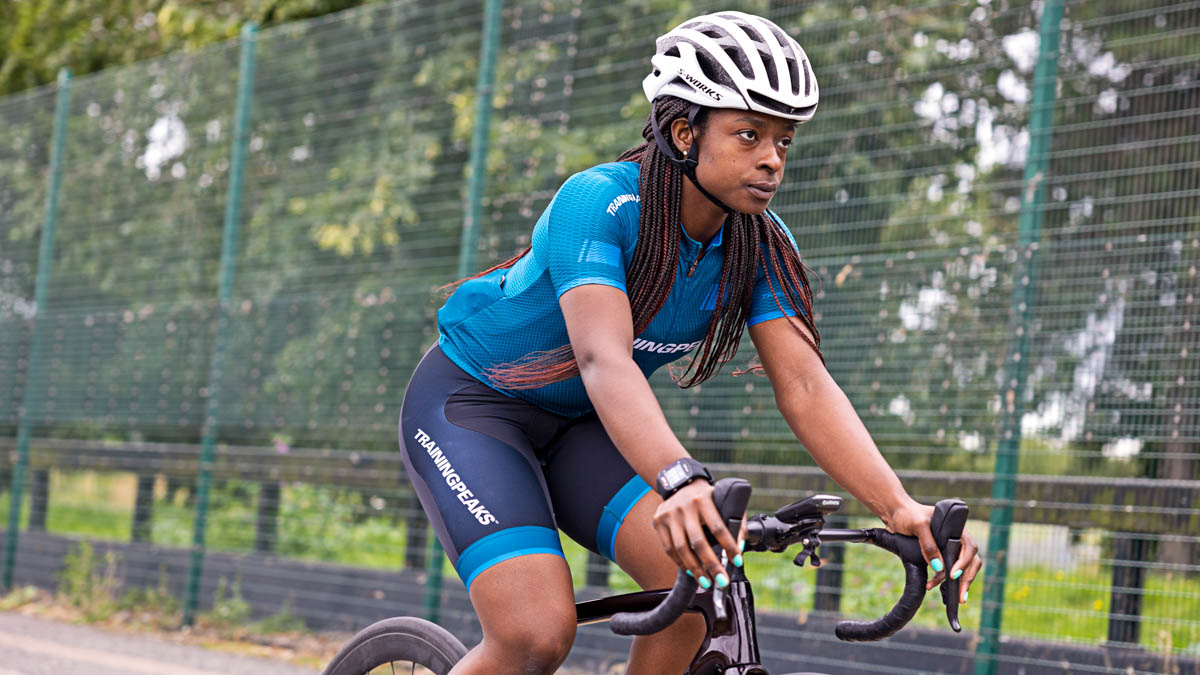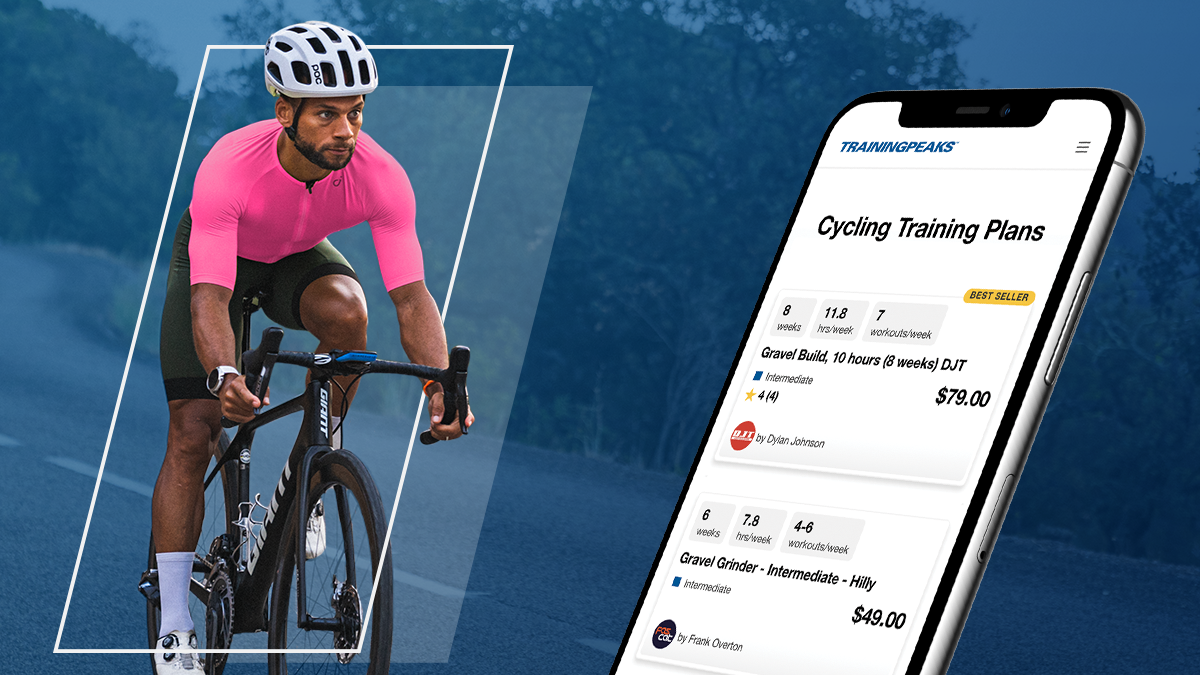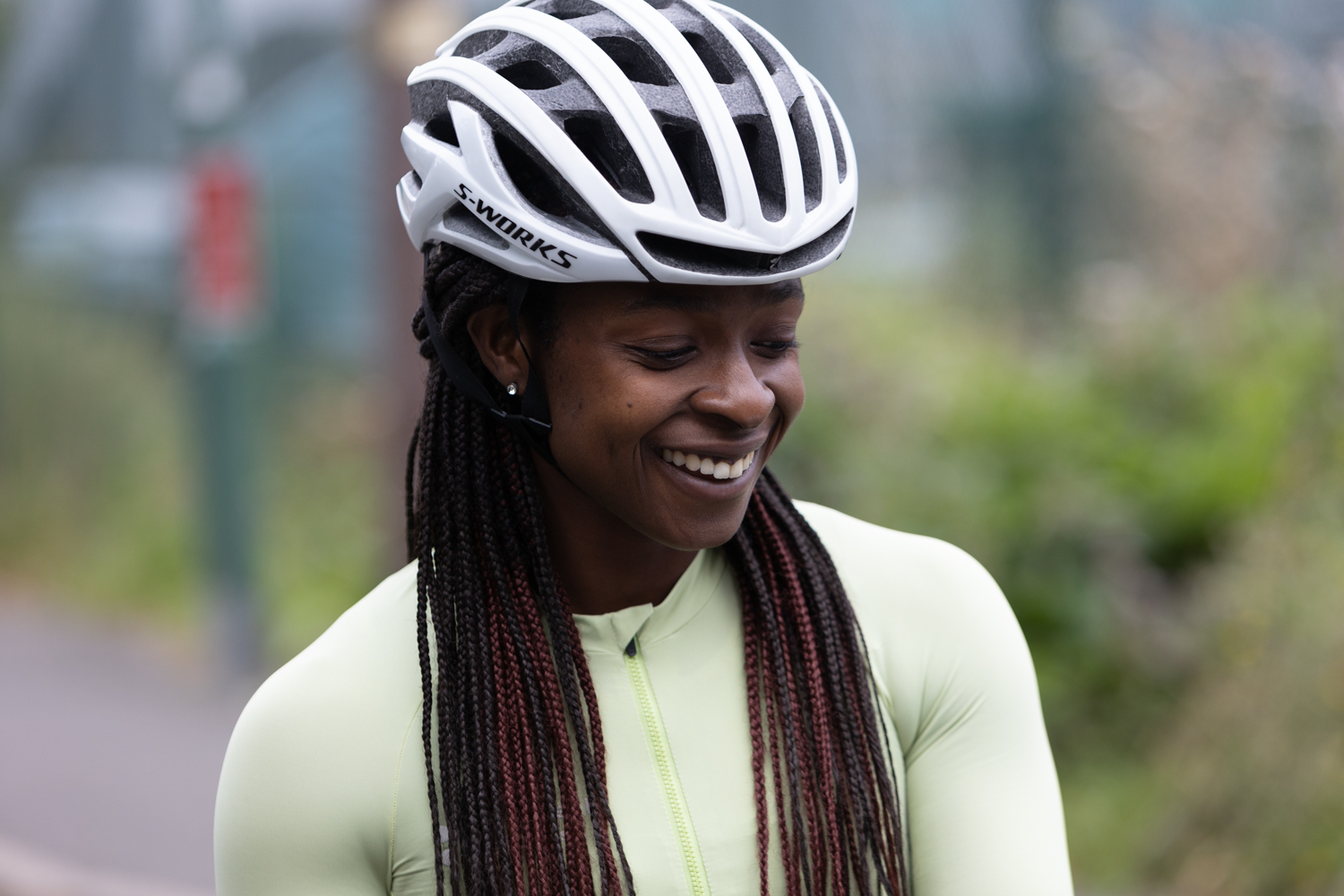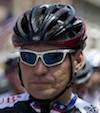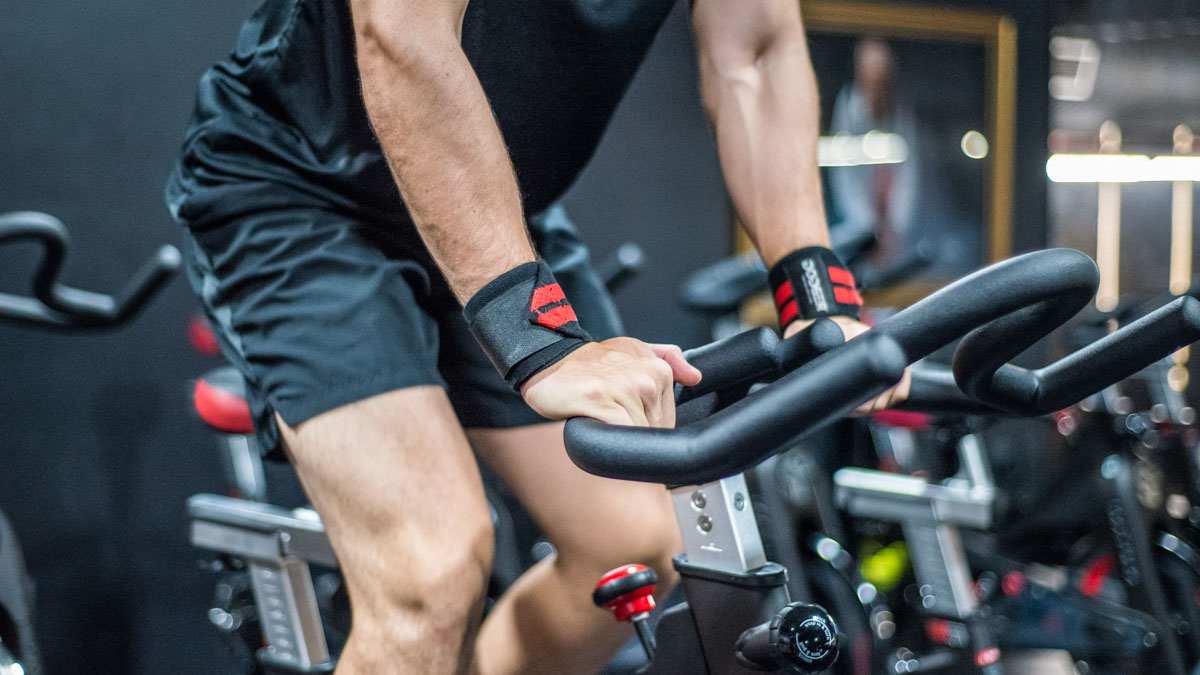How different is sprint and endurance training, really? I suppose it depends on how you define the two. In my case, in the almost six years I’ve been cycling, that range has fallen between track sprinting (races that last under a minute) and road crits (races that go on for up to an hour).
I started cycling at the endurance end, slowly transitioned into sprinting, and then this spring made a much more defined transition back to endurance training and racing, which had me thinking: what, if anything, is different?
Focusing on Anaerobic Work During Sprint Training
Training as a track sprinter focuses heavily on developing the anaerobic energy system. There are a few different sprint events, with max efforts ranging from 15 seconds to just under a minute. On race days with multiple rounds of racing, being able to replenish glycogen stores and reproduce those maximal efforts is key. Training at the velodrome, therefore, would attempt to replicate this: short, all-out efforts with lots of sitting around in between, supposedly recovering — which was something that I actually found quite difficult!
I also did cadence work on the rollers — fixed gear bikes on the track mean that in order to go faster, you need to spin your legs more quickly — and strength and conditioning work in the gym, which was something I quite enjoyed. Not a great deal of volume, so not many extended road rides, but I didn’t have a problem with that!
Improving My Aerobic Base For Endurance Training
Going back to endurance training was always going to be a challenge, but I was also excited by the prospect. I knew I had a decent sprint in me, but what good is that if you’re not in the mix at the end of a 10-min track race or 45-minute criterium?
These events have a much higher contribution from the aerobic energy system, something lacking from sprint training. So, one thing I’ve had to work on is building up aerobic capacity — not so much with super long and steady road rides (still not a big fan of those and I don’t have the time for them at the moment), but with more sweet spot training.
There are numerous attacks in both track and road racing, so I’ve had to work on being able to sprint but then settle into a high pace, and then have the ability to repeat that over and over again. So there still is that anaerobic contribution that is required. I’ve probably found this the hardest part, and it has required a lot of mental resilience alongside physical training.
I’m now training much more with set power targets (which I like), and being able to see and keep track of my power peaks has been both informative and motivating. Although I don’t look at power in races, I’m trying to match the intensity to how my body feels.
Maintaining Strength and Conditioning
Something that I’ve kept up (with a few tweaks) is the strength and conditioning — it’s not just for track sprinters! Being able to produce high amounts of force on the pedals is still important in endurance racing, and I get to lift big weights in the gym, which makes me happy. There are other benefits too: being able to move my body in a different way, having some time training that’s not on the bike, and helping with bone loading and health that you can’t achieve from cycling alone.
Changes in Nutrition and Lifestyle
The longer durations on the bike have made me consider my nutrition more, including fuelling my workouts and making sure I’m taking in enough carbohydrates to get through the sessions. Juggling a lot of things outside of cycling, I have to manage my timing quite well, so I’m learning to be more effective with my training sessions, while factoring in proper rest, too.
I’m also making more of an effort to track how I’m feeling and my perceived exertion during each session, as I feel the subjective feedback is just as important as the objective data you can collect. Setting goals is something that I’ve done for quite a while, whether those are process- or outcome-based, and I find it much easier now to set them in the TrainingPeaks app, where I can link them to races or view them in my training plan.
Despite the big differences in race durations, I’ve found quite a lot of similarities between the training I did previously for sprint and now for endurance and there have been quite a few transferable attributes for how I approach training. In some ways, the transition has felt like I’m starting things again from scratch, but at the same time, I remind myself that I have a lot of useful experience to draw upon, too.
